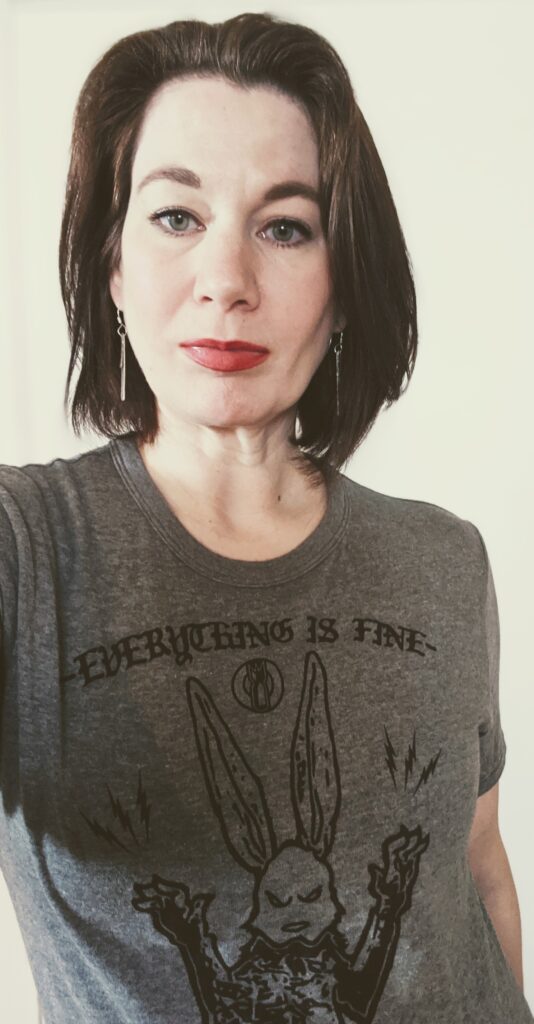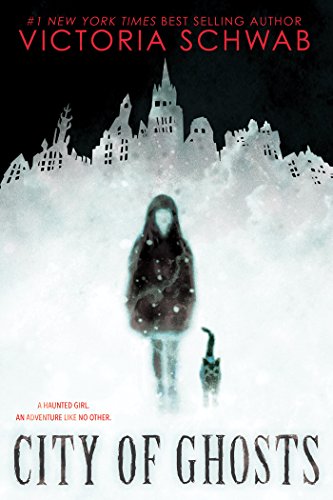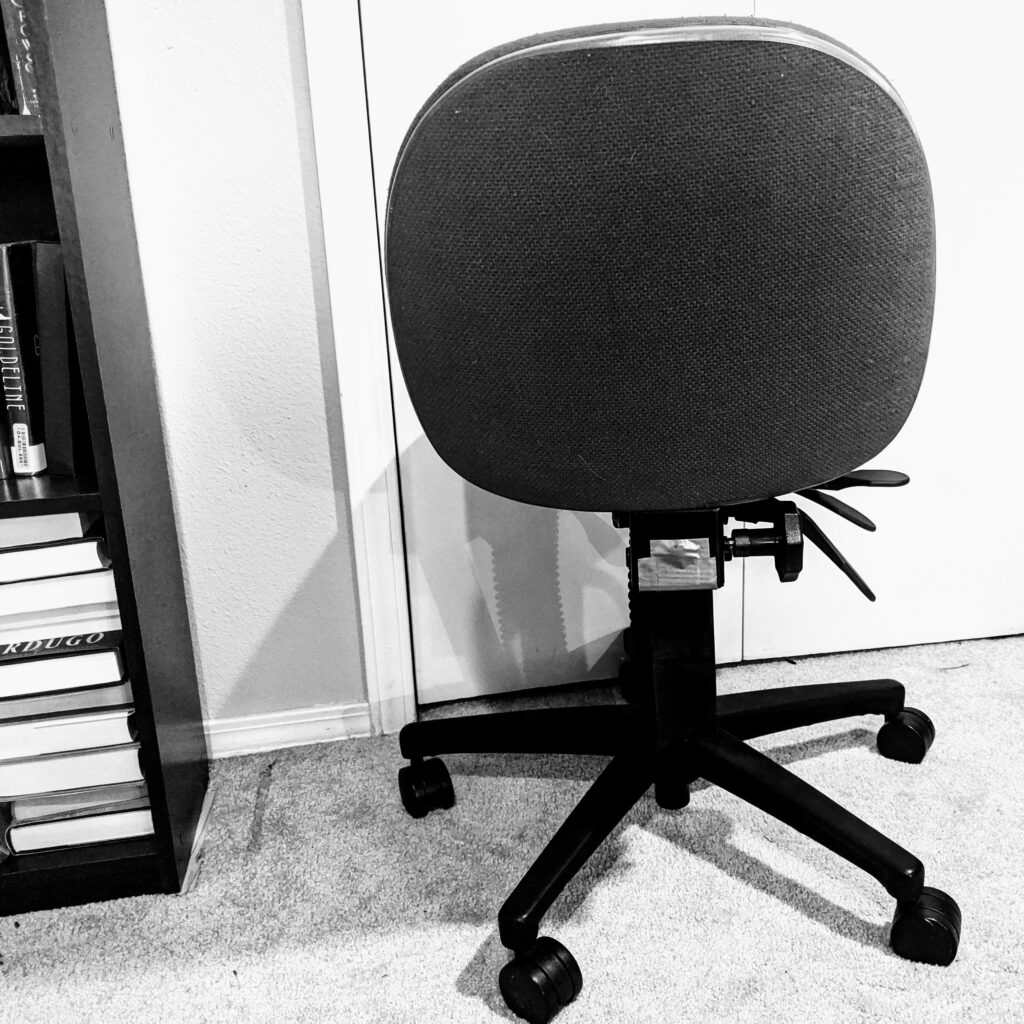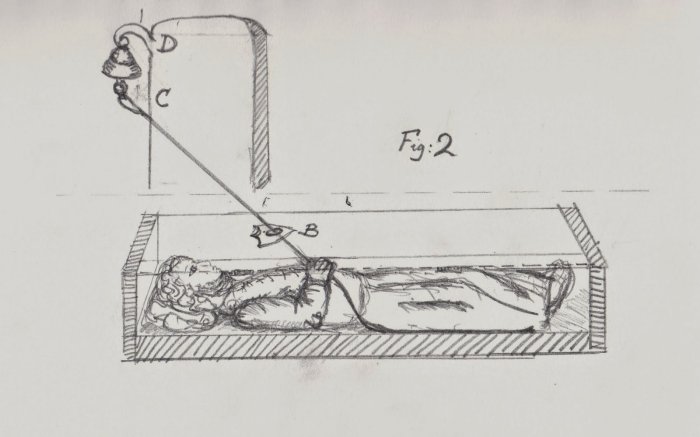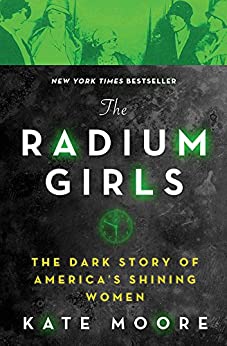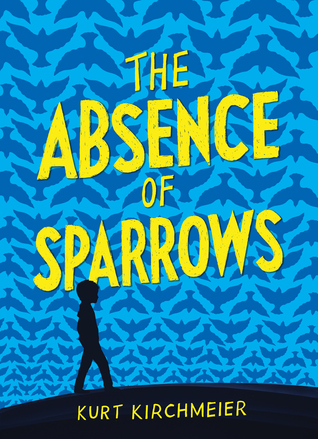It’s become a cliché, the idea that being a writer on submission is an awful lot like Fight Club…the first rule is you don’t talk about it. In fact, so is the second rule. And come to think of it, most of the Fight Club rules* apply to being a writer on submission…
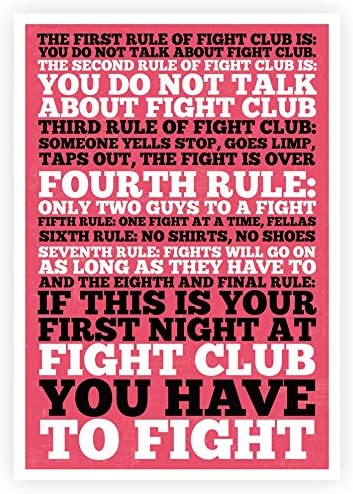
If that isn’t shorthand for the publishing journey,
I don’t know what is.
There are many good reasons for the radio silence you’ll get from writers on sub, and probably a good number of superstitions as well. And unlike querying, there is comparatively little real, actionable information out there for authors on submission. Add to that the feeling many of us have while on sub – something akin to survivors guilt. With so many of our talented and hardworking writer friends still in the query trenches, how dare we complain or look for support now that we’ve reached such a significant milestone? And don’t get me started on imposter syndrome…
If you’re like me and enjoy internet rabbit holes, you can find a few resources that discuss dealing with the sub process. My favorite is Mindy McGinnis’ series, Submission Hell It’s True. What you’ll find if you read through the archives obsessively (ahem) is there is no prescribed, standard submission experience. There is no average timeline and no one can tell you what to expect aside from a great deal of waiting and subjective feedback. If there is one commonality amongst the writers’ experiences, it is they didn’t share much about being on sub while they were in the thick of it. Oh, and most of them had some level of anxiety about the process.
Many (most) authors on the other side of sub offer the same wisdom regarding dealing with submission anxiety: Write something else.
On its face, this is solid advice. Your manuscript is literally out of your hands. There is absolutely nothing you can do to influence how it will be received by editors and their teams (no, not even Twitter stalking them. Don’t do it. You’ll make yourself crazy). The first step toward something approaching sanity is to let go of the illusion you have any control over what happens in the weeks and months after your manuscript is released into the wilds of publishing.
Do yourself a favor. If you’re a writer on submission, take a minute to acknowledge you’ve done the damned thing – most importantly, you’ve written the story. Then revised and polished the story ad nauseum. If you’re going the trad route, you’ve signed with an agent. You’ve revised and polished some more with your agent. Now your words are out in the world, and they have to do the work on their own – helicopter parenting isn’t even an option.
Does that mean you shouldn’t dream big? Nope, not at all. Dream away – I certainly do. It does mean you need to take all that obsessive focus and energy and put it somewhere productive – or at least somewhere it isn’t causing you distress and harm.
So what else is there to do but write the next thing?
Well, if you’re me, that’s easier said than done. Perhaps it’s just being on sub that made all my new words disappear. Perhaps it’s being on sub during a pandemic. Perhaps it’s my aversion to ambiguity, and the special kind of anxiety being uninformed causes to bloom and spread in my soul like a noxious weed. Whatever it is, I’ve had a hell of a time writing the next thing.
Until last week.
What changed?
Honestly, nothing except my mindset.
As someone who needs at least the illusion of control to feel centered and at peace – much less creative – I took inventory of what in my writing life is really, actually, truly in my power to accomplish. The list is short:
- Write the next thing.
I mulled over my list, prioritized the items, and came to the conclusion I can either marinate in self-pity and woe until I’m insufferable (to myself and others), or I can refuse to further enable my creative stasis and do that thing I say I love to do: write.
Getting started was an uphill slog in the dark with one headlight. I lost traction and spun my wheels more than once. Sulking in the passenger seat, my main character didn’t trust me to get us up that hill, and I didn’t trust him to navigate. We were two strangers in a car in a snowstorm trying to have meaningful conversation but only managing to make inane small talk.
At one point, out of sheer fatigue and desperation, I pulled the car over and asked him, “Why are you giving me such a hard time? What are you afraid of – what matters to you?”
He rolled his eyes and turned up the stereo. He stared out the window for a while, a dramatic sigh fogging the glass. And then, so softly I almost missed it, he told me. His answer was short but laden with meaning.
While he wasn’t watching, I took notes.
And then, equipped with a better understanding of this complicated and grieving twelve-year-old, I was able to begin telling his story. Being the kind of kid he is, I am certain he’ll tell me when I’m getting it wrong. And I’ll listen, because listening to him is why I have any new words at all.
If you want to read a middle grade horror novel where the author got it right, may I recommend the book I’m currently reading, Dan Poblocki’s Ghost Hunter’s Daughter.
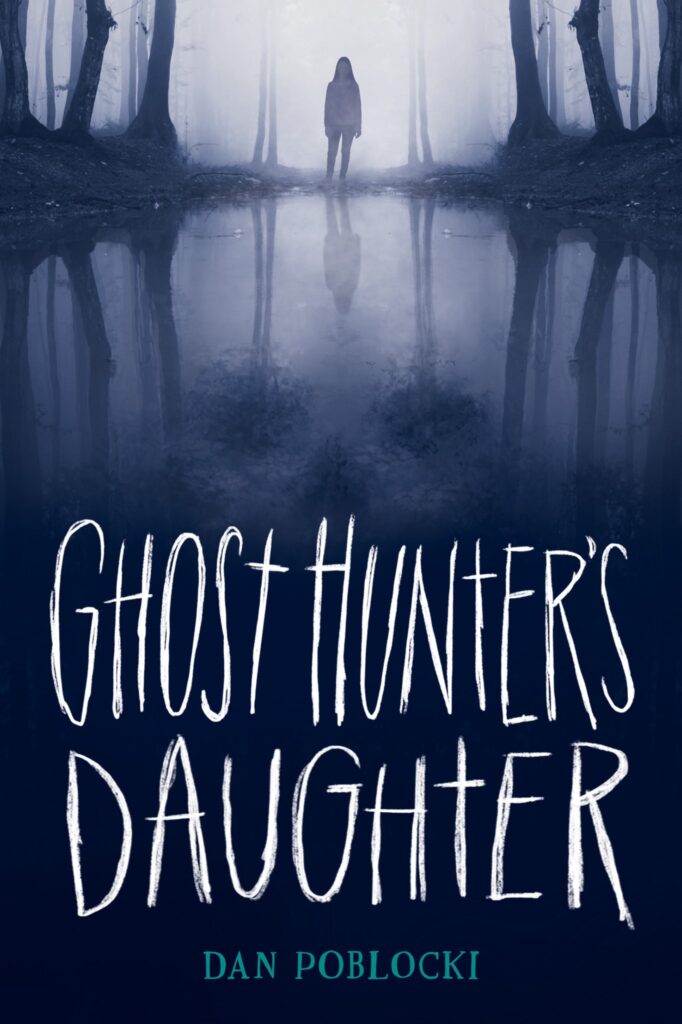
I’ve not yet finished the book (because I started it late last night), but I’m tearing through it.
Poblocki gives us characters to care about and a plot to keep us up past bedtime, and has a knack for balancing heart with dread. Poblocki has written a number of other books, which feels like a gift as this is the first of his novels I’ve read. There isn’t much better than finding a new-to-you author with a long backlist.
Ghost Hunter’s Daughter is the kind of book I searched tirelessly for as a young reader. I’m going to go out on a limb and say there’s a little bit of John Bellairs in Poblocki’s writing – especially his setting and supporting, adult characters – high praise indeed from this reader.
I’m going to finish this story in the next day or two, but will make sure I have another of the author’s books waiting in my TBR pile before I do. Because on those night when I can’t find new words to write, it sure is nice to have some really good ones to read.
If you’re a writer on sub, I get that you’re lonely. Believe me, I am, too. But you’re not alone. If you’re on sub and have author friends who are as well, reach out to them. I’m willing to bet they’d appreciate the opportunity to commiserate. And if you have an agent, remember they are your partner and colleague, are nearly as invested in your success as you are, and can probably help talk you down from the ledge (I’m looking at you, Ali – thank you).
As always, I’d love to hear from you. Send me your spooky book recommendations and – if you’re so inclined – your tales of submission struggles and successes. Especially the successes. I want to celebrate them with you.
I hope you are safe and well and you are brimming with new words.

